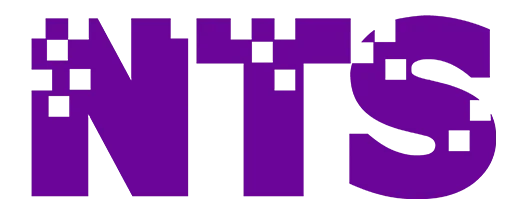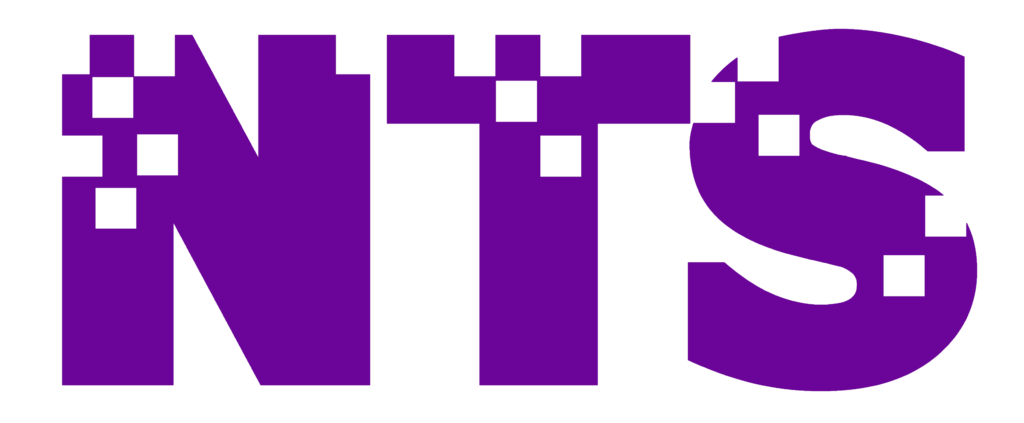Keeping sensitive data safe requires several layers of protection working together. Companies need to set up clear rules about who can see and use different types of information, often using systems that match job roles to access rights. Adding extra steps to prove who users are, like passwords plus security codes, makes these systems stronger. Strong coding methods help protect information whether it's moving between computers or stored in databases. Since laws tell companies how they must handle personal data, businesses need to follow strict safety steps and teach their workers the right ways to handle sensitive information. When you know these basic building blocks of security, you can build better ways to protect important data.
Key Takeaways
- Implement Role-Based Access Control (RBAC) to restrict data access based on job functions and minimize unauthorized exposure.
- Deploy Multi-Factor Authentication alongside strong encryption to protect sensitive data during storage and transmission.
- Maintain compliance with relevant data privacy regulations like GDPR, CCPA, and HIPAA through regular audits and updates.
- Establish comprehensive employee training programs focused on security awareness, threat detection, and proper data handling procedures.
- Create clear incident response plans with defined roles and communication strategies for managing potential data breaches.
Understanding Access Control Models and Frameworks
Access control models and frameworks are basic building blocks that help keep information systems safe and secure. They set up rules for who can use what within a system. The main types include Role-Based Access Control (RBAC), Mandatory Access Control (MAC), and Discretionary Access Control (DAC), with each type working best in different situations.
When looking at these different frameworks, we can see that RBAC works by giving access based on people's jobs and duties. MAC uses strict rules based on security levels, like "top secret" or "confidential." DAC lets the owners of files and resources decide who gets to use them.
Companies need to think about their security needs, rules they must follow, and how they work day-to-day when picking which model to use. For the chosen system to work well, it needs to match what the company wants to protect, how much risk they're willing to take, and how they plan to manage it all. Modern access control solutions should include detailed audit trails to effectively monitor and track all system access activities.
The Role of Multi-Factor Authentication in Data Security
While passwords are still common, using multiple ways to prove who you are (MFA) has become a key part of keeping data safe today. When companies use several security steps together, it becomes much harder for unwanted people to break in and steal information.
MFA works by checking different things – like fingerprints or special codes from security devices – to make sure users are who they claim to be.
How well MFA works depends on how people use it and how well companies set it up across their systems. Companies need to find the right mix between strong security and making it easy enough for people to use, so they'll actually follow the rules.
When MFA works together with other security tools, it creates a strong shield against stolen passwords, fake websites, and tricks that fool people into giving away access. This layered protection shows that a company takes data safety seriously while following the rules that govern their industry.
Encryption Standards and Best Practices
Data protection today relies heavily on encryption to keep information safe. Companies need to use two main types of encryption: one where the same key locks and unlocks data, and another where different keys are used for locking and unlocking.
Strong security tools like AES-256 and RSA help protect data whether it's being stored or sent between systems.
To keep encryption working properly, companies must carefully manage their security keys. This means having clear rules about when to change keys, where to store them, and who can use them.
Adding data masking helps protect sensitive details by hiding them when testing systems. Companies also need to follow security rules set by industry guidelines and local laws.
Companies should regularly check how well their encryption is working to spot any weak points and keep systems running smoothly.
All important information needs encryption protection, including databases, stored files, and data kept in the cloud.
Implementing Role-Based Access Controls (RBAC)
Role-Based Access Control (RBAC) helps organizations control who can access what by matching user permissions to their job duties. When set up properly, RBAC ensures workers can only use the tools and data they need while blocking access to everything else.
To make RBAC work well, organizations need to:
- Create clear role levels that match how the company is set up and what it needs
- Set up steps to approve changes in roles and access
- Check and verify user roles regularly
- Keep detailed records of who gets which roles and when permissions change
When using RBAC, companies should give users only the access they truly need, update roles when jobs change, and carefully watch who gets admin rights.
This careful approach keeps systems secure while letting people do their work smoothly.
Multi-layered security features can be integrated with RBAC to further strengthen access control through biometric verification and facial recognition.
Data Privacy Regulations and Compliance Requirements
Data privacy rules are getting stricter worldwide, and businesses must follow many different laws to protect personal information. Companies need to put strong safety measures in place while following rules like GDPR, CCPA, and HIPAA.
| Regulation | Key Requirements | Compliance Focus |
|---|---|---|
| GDPR | Data Subject Rights | EU Personal Data |
| CCPA | Consumer Privacy | California Residents |
| HIPAA | Health Information | Healthcare Data |
| LGPD | Data Processing | Brazilian Citizens |
| PIPEDA | Consent Management | Canadian Privacy |
To follow these rules, companies should keep a clear list of tasks and check their privacy practices often. This means writing down how they handle data, using good security tools, and having plans ready if data gets exposed. Regular checks and updates to privacy plans help stay in line with changing rules while keeping sensitive information safe.
Security Auditing and Access Monitoring
Security auditing and watching who uses your systems are key parts of keeping data safe. Companies keep detailed records of what users do, what changes happen in the system, and any possible security problems. This watching helps catch anyone trying to break in and shows when people break the rules.
The main parts of security checking include:
- Looking at records that show who logged in and what they did
- Gathering and studying security data to find threats
- Checking who has permission to do what in the system
- Using automatic tools that spot problems right away
Having good monitoring systems helps companies keep their data safe, follow the rules, and deal with security threats quickly.
This ahead-of-time approach makes security stronger and keeps important information protected at all times.
Continuous network monitoring enables organizations to detect and respond to potential threats before they can cause significant damage.
Employee Training and Security Awareness
Security tools only work well when employees know how to use them properly and understand their duty to protect company resources.
Every company needs good training that teaches workers about current risks, rules they must follow, and safety steps they need to take. Staff should learn about choosing safe passwords, handling data correctly, and knowing when and how to report problems.
To build good safety habits, workers need ongoing learning and practice. Companies should regularly check if employees understand what they've learned and find out what areas need more teaching.
Training should keep up with new threats and changing rules to help workers stay alert and ready to protect important information as new risks appear.
Understanding common threats like phishing and ransomware helps employees actively participate in maintaining the organization's cybersecurity defenses.
Incident Response and Data Breach Management
When security problems or data breaches happen, organizations need clear steps to handle them quickly and follow the law. Good response plans help limit the damage and make sure the organization meets all legal requirements.
Teams need to know how to spot different kinds of security threats and tell the right people when data gets exposed.
A good response plan must include:
- Quick actions to stop the problem from getting worse and protect remaining data
- Careful record-keeping and saving evidence to understand what happened and show compliance
- Clear ways to tell everyone who needs to know, including customers and government offices
- Practice runs to test and improve response plans by acting out fake security threats
Organizations should have a special team ready to handle security problems. Each team member needs to know exactly what to do when something goes wrong.
This organized way of handling threats helps keep the business running while protecting important data and the organization's good name.
Frequently Asked Questions
How Long Should Access Control Implementation Typically Take for a Medium-Sized Company?
Setting up access control in a mid-sized company usually takes 6-12 months. The time needed depends on how ready the company is, what needs to be done, how well different systems work together, and how quickly people learn to use the new system.
What Is the Average Cost of Implementing Comprehensive Data Privacy Solutions?
Data privacy solutions usually cost between $50,000 and $500,000. The price changes based on how big your company is, what features you need, what rules you must follow, and what tools you pick. Remember to plan money for upkeep costs that come later.
Can Legacy Systems Be Effectively Integrated With Modern Access Control Solutions?
Old and new access control systems can work together using connecting software and tools, but companies need to check for security problems and make sure everything follows the rules when putting them together.
How Often Should Organizations Update Their Access Control Policies and Procedures?
Organizations should check their access control rules every three months and make major changes once a year. They must also make quick changes when laws change, security problems happen, or when the business needs something new.
What Metrics Best Measure the Effectiveness of an Access Control Program?
Important ways to check if access controls are working include tracking how many times people try to get in without permission, when rules are broken, how well teams complete their access checks, how quickly problems are fixed, and how often user permissions are changed. These numbers help show if security measures are strong and working properly.
Conclusion
At Nye Technical Services, we help organizations maintain strong access control systems and data privacy measures to protect sensitive information against growing security threats. By implementing multi-factor authentication, encryption, and role-based access controls, along with thorough staff training and compliance measures, companies can better protect themselves from security risks. Our team at Nye Technical Services ensures regular system checks and creates clear response plans to keep data safe and meet regulatory requirements.




